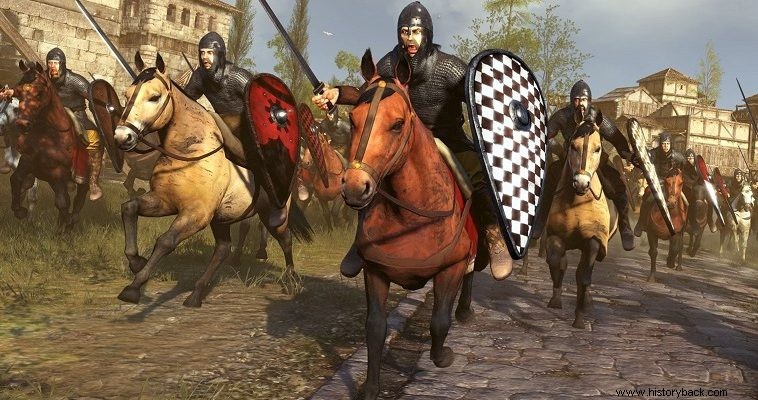
In 1176 the Byzantine Empire suffered one of the most devastating defeats in its history at Myrikefalo. The Seljuk Turks continued their devastating raids in Asia Minor, taking advantage of their victory. However, Byzantium was still able to react and in fact particularly dynamically and effectively.
In 1177 the Turks and their Turkoman subjects raided the Meander Valley in central Asia Minor. In response the emperor Manuel Comnenus ordered his nephew general John Comnenus Vatzis to hurry and confront them . With him were generals Konstantinos Doukas and Michael Aspiatis. The mission of the latter was the gathering of troops, during the march.
The Turks in the meantime had plundered many Byzantine cities and villages in the region reaching the shores of the Aegean. After their "victory" they returned to their territory carrying with them, in addition to the spoils and slaves, a container of sea water, one of sand and an oar, as proof that they had reached the sea.
Empire rises and falls
Loaded with booty, the Turks moved slowly, losing their main tactical advantage over the Byzantines, speed. The Turks, about 24,000 men, reached the bridge over the Maiandros river near the villages of Yelion and Leimochir.
The Byzantines were waiting for them there as the point was a mandatory crossing. The main East-West imperial road passed through there. According to the historian Nikitas Choniatis, Vatatzis had placed patrols everywhere and divided his forces into two divisions. He sent the first one on either side of the road, hidden in the villages, in an ambush.
The second section was sent east of the river crossing. The Byzantines let half the Turkish army pass and then attacked. The Turkish army, cut in two, could not react despite the efforts of their leader Atapakos, according to the Byzantines.
"... the two Turks, as they had crossed it, were pushed into the river from the extreme right and were overwhelmed. and the ge atapakas after both well-armed in a company of huddled and writhing Romans entangled...", reports Choniatis. Byzantine light divisions began to attack the Turks with bows, javelins and slings, killing hundreds.
Atapakos gathered around them better armed Turks and charged against the Byzantines, while most of his men were being slaughtered or drowned. The Turkish attack failed, however, and Atapakos tried to save himself by swimming across the river . He succeeded, but when he reached the other side he found no Turks but a Byzantine soldier who killed him.
Immediately after the death of their leader, the resistance of the Turks collapsed and those who could fled. Too many drowned in the disorderly escape. The Turkish army was disbanded with the Byzantines taking revenge for the destruction at Myriokephalos. Michael Aspiatis was lost in the battle and drowned when his wounded horse threw him into the river.
Unfortunately, the victory that could have overturned the results of Myriokephalos was not exploited accordingly. Apart from a punitive campaign against the Turkomans nothing else was done. After all, a little later Emperor Manuel died and the resistance in Asia Minor collapsed due to the rebellion of his cousin Andronikos Komnenos.
